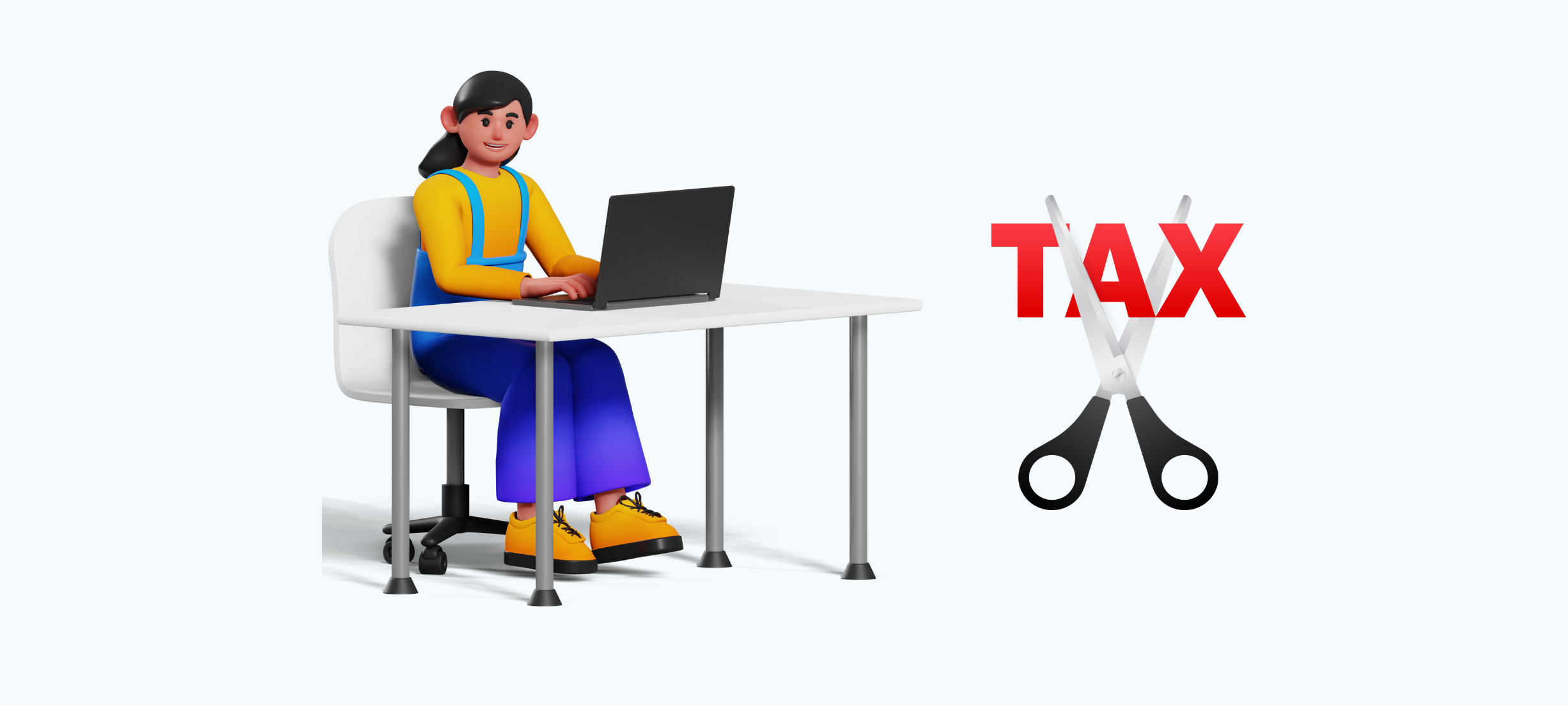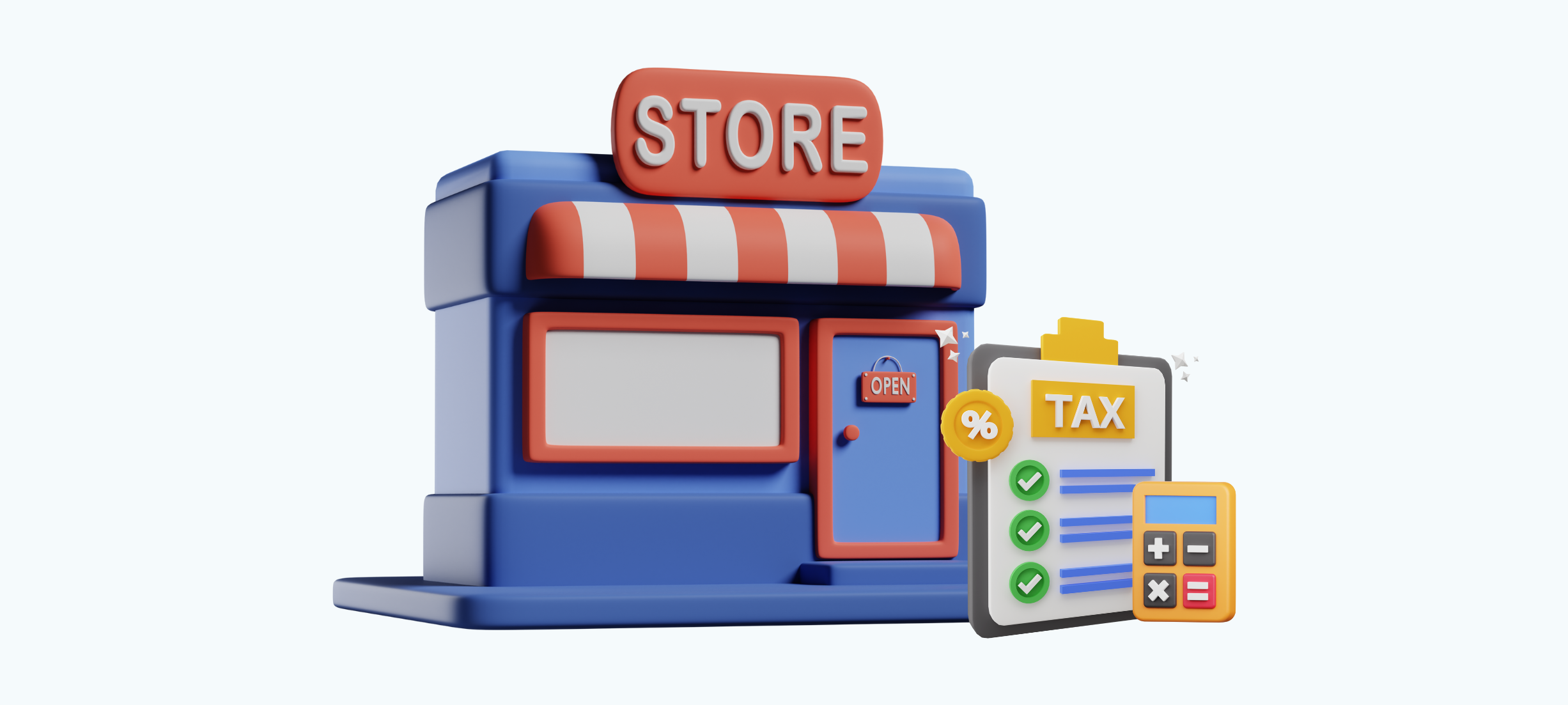
Tax time is here again! But don't worry—filing your taxes can be easy. This blog will help you file your 2024 taxes accurately and painlessly. Whether you're great at filing taxes or it's your first time, we'll help you through it. Say goodbye to the stress of April 15th and get ready to claim your refund. Grab your papers, collect your documents, pause for a breath., and let's tackle those taxes together!
Filing taxes might not be your favorite pastime, but for low-income earners, it could be a treasure trove waiting to be unlocked. Even if your income dips below the standard deduction threshold ($13,850 for single filers, $27,700 for married filing jointly in 2023), skipping the process could mean leaving significant benefits on the table. Here's why filing is worth your time, even with a low income:
Remember those taxes deducted from your paycheck every month? They're essentially a pre-payment on your annual tax bill. But, if your income falls below the threshold, those deductions might exceed your actual tax liability. Filing your return allows you to claim this "over-withholding" as a refund, putting those hard-earned dollars back in your pocket.
Statistics: The IRS estimates an average refund of $3,262 for the tax year 2023, and a significant portion of this comes from recovered withheld taxes.
This powerful credit is a game-changer for low- and moderate-income earners. If you worked in 2023 and had earned income under $63,698 (for individuals), you could be eligible for the EITC, boosting your refund dramatically.
In 2022, over 25 million Americans received the EITC, totaling $65 billion in tax breaks. The average credit was $2,879, with some families receiving up to $6,604 based on their number of qualifying children.
Raising a family can be costly, and the Child Tax Credit (CTC) offers a helping hand. For each qualifying child under 17, you can receive up to $2,000, with $1,500 of that being refundable. This means even if you owe no taxes or your refund is small, you can still get up to $1,500 per child simply by filing your return.
In 2022, the CTC provided $80 billion (about $250 per person in the US) in tax relief to nearly 40 million American families.
So, remember filing your tax return isn't just about paying your dues. It's a potential springboard to recover overpaid taxes, claim valuable credits, and ultimately, put more money in your pocket. Don't miss out – take the time to file, unlock the benefits, and watch your finances blossom!
This means gathering receipts, figuring out forms, and dealing with the sometimes-confusing world of taxes. But don't worry! In 2024, there are different ways to do your taxes. Whether you like using technology, prefer the old-fashioned way, or something in between, there's a choice for you.
Looking for a tax pro who gets you and won't give you tax day stress? No worries! Check out these simple tips to help you find your perfect match in the jungle of tax preparers:
Remember, finding the perfect tax preparer is about trust, qualifications, and clear communication. Choose wisely, and you'll be cruising towards a smooth tax season with a smile (and maybe even a bigger refund)!
If you hire a tax preparer who charges a fee, and you don't have the money for their fees, they might suggest something called a refund anticipation check (RAC). With a RAC, you can use your refund to pay the tax preparer's fee instead of paying it upfront. But keep in mind, when you get your refund, the preparer will take out the RAC fee, filing fee, and any other charges they add. It's important to know that a RAC doesn't speed up the process of getting your refund.
RAC fees typically range from $30 to $50
Some tax preparers who charge a fee might suggest something called a refund advance loan (RAL), also known as a "tax refund advance." This means you can get some of the money you expect to get in your tax refund before it arrives. If you choose to get an advance, the tax preparer lends you money upfront. Once the IRS sends your refund to the tax preparer, you get the rest of the money, but they take out the RAL fee and any other charges they add. The RAL amount is usually a part of your estimated tax refund.
Different tax preparation companies have different rules. Some may offer RALs without fees or interest, while others might charge fees and interest.
It's important to know that when you file your taxes online, the IRS often sends refunds in less than 21 days (about 3 weeks). So, paying a big RAL fee for a short-term advance might not be the best idea.
Just like with any money-related service, carefully look at all the fees and charges, and think about the timing to make a smart decision that works best for your situation.
If you think you're getting money back on your taxes, here are some things to consider before you submit your tax return:
Scammers love tax season. Be wary of:-
The IRS won't contact you through email, text messages, or social media to ask for your personal or financial information. Familiarize yourself with the signs of scams, and be sure you can identify whether it's an genuine IRS contact if they call or visit you.
As the tax season approaches, being prepared to file your 2024 taxes before the April 15th deadline is crucial. This guide has provided you with valuable insights and tips to navigate the process with confidence. Remember, filing electronically and opting for direct deposit are key steps to ensure a swift and hassle-free refund.
To make your tax filing even smoother, consider leveraging the services of BookkeeperLive. Our services is designed to simplify the tax preparation process, providing you with professional assistance every step of the way. With BookkeeperLive, you can experience efficient, accurate, and stress-free tax filing.
Curious to explore how BookkeeperLive can streamline your tax filing experience? Take advantage of our free trial service to witness firsthand the benefits of our accounting and tax preparation service. Sign up today and discover a smarter way to manage your taxes.
1. Who needs to file a tax return?
Generally, you need to file if you earned more than the standard deduction for your filing status ($13,850 for single filers and $27,700 for married filing jointly in 2023). However, even if you didn't earn enough to meet the threshold, filing might be worth it to claim credits like the Earned Income Tax Credit or Child Tax Credit.
2. Can I file my taxes for free?
Absolutely! Did you know the IRS Free File program offers free online tax preparation and filing for those with an Adjusted Gross Income (AGI) of $73,000 or less? While doing taxes on your own can be daunting and risky, we've got your back. Contact us at support@bookkeeprlive.com, and the best part? You can try ours free trial!
3. What deductions and credits can I claim?
The list of potential deductions and credits is vast and ever-changing, so it's best to consult the IRS website or a tax professional for the latest information. Common deductions include student loan interest, mortgage interest, and charitable donations. Credits, which directly reduce your tax liability, include the Earned Income Tax Credit, Child Tax Credit, and education credits.
4. What happens if I owe taxes?
Don't panic! If you owe taxes, you have several options. You can pay the full amount when you file your return, set up a payment plan with the IRS, or file for an extension and make estimated payments throughout the year.
5. What should I do if I need help filing my taxes?
If you're feeling overwhelmed by the process, there are plenty of resources available to help. You can use the IRS website for tips and forms, consult a tax professional.
BookkeeperLive provides affordable bookkeeping and accounting services tailored to your business goals.





No calls, No meetings, No spam. Get started with a free trial by filling out the form.
*NDA included for your data protection.
Copyright © 2025 BookkeeperLive. All rights reserved. Privacy Policy Terms of Use
Please visit our India site to see services designed for your country
Enter the code, fill out the form, and unlock financial clarity with a free trial.